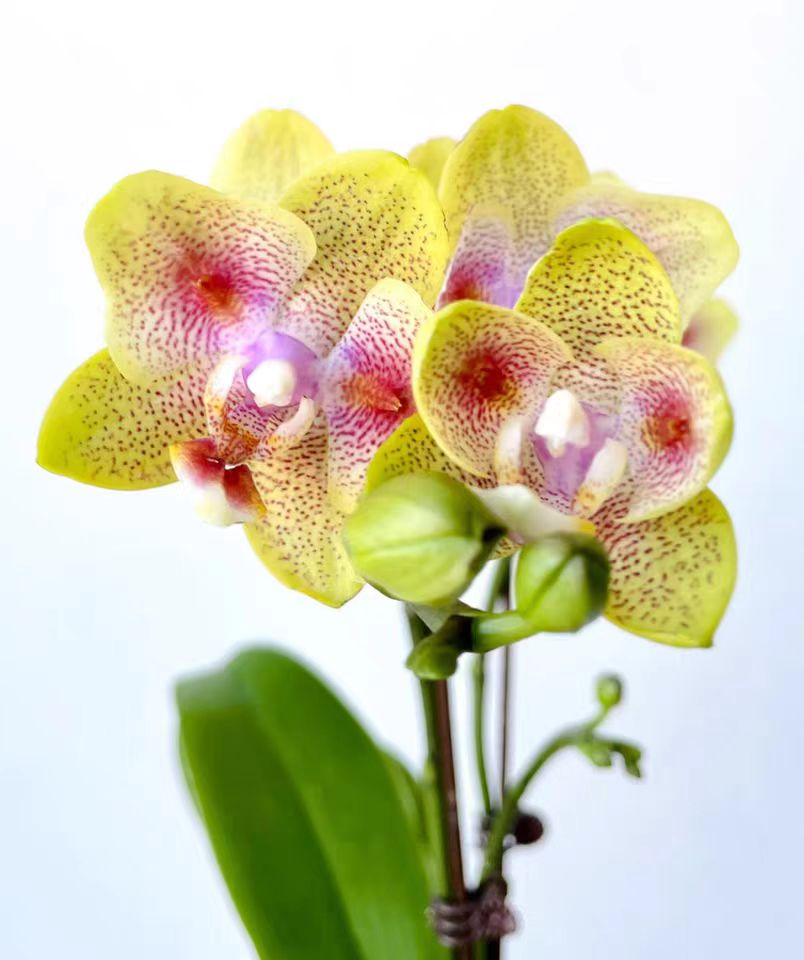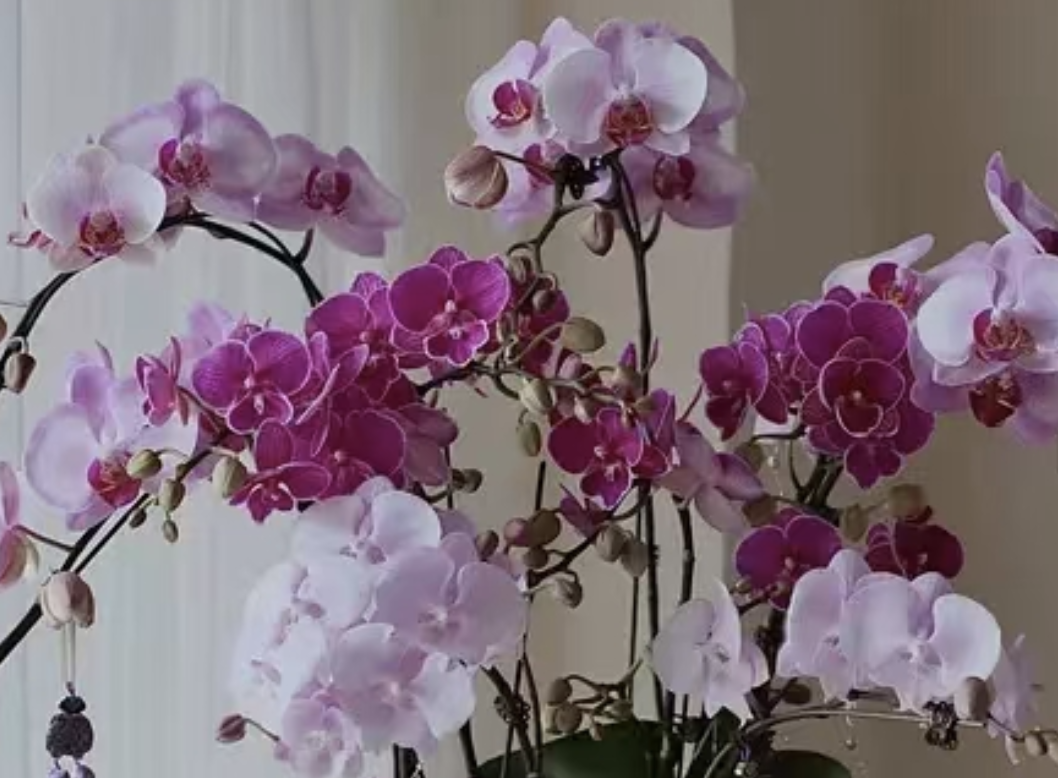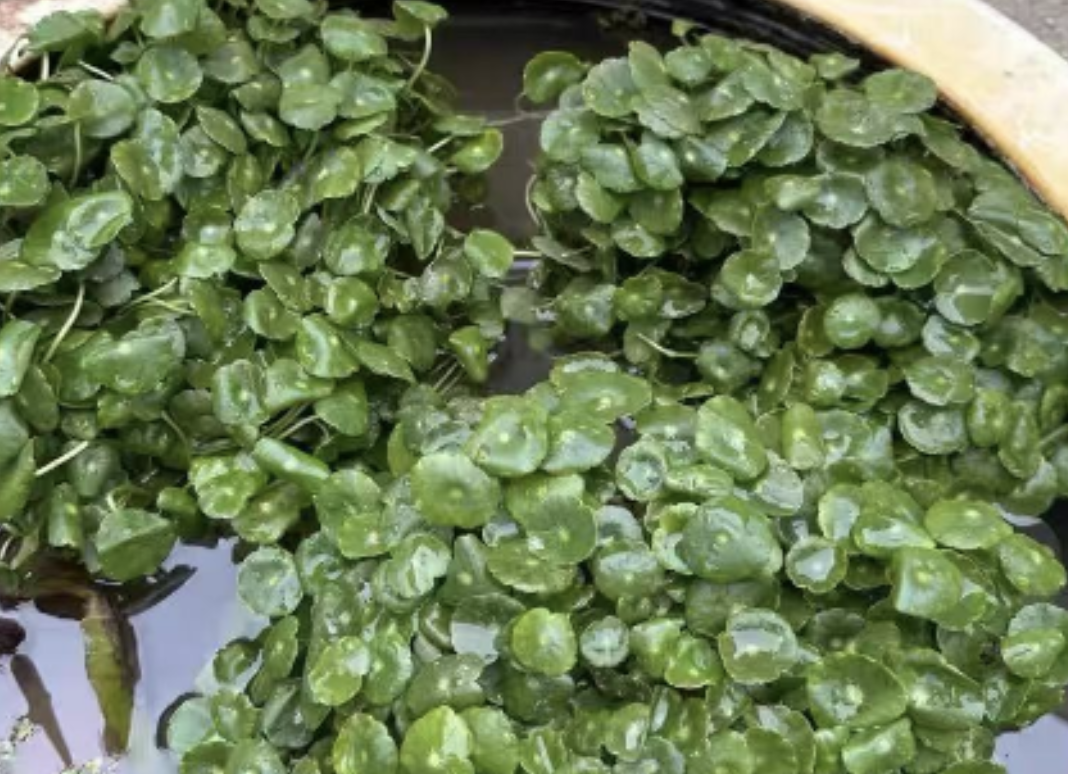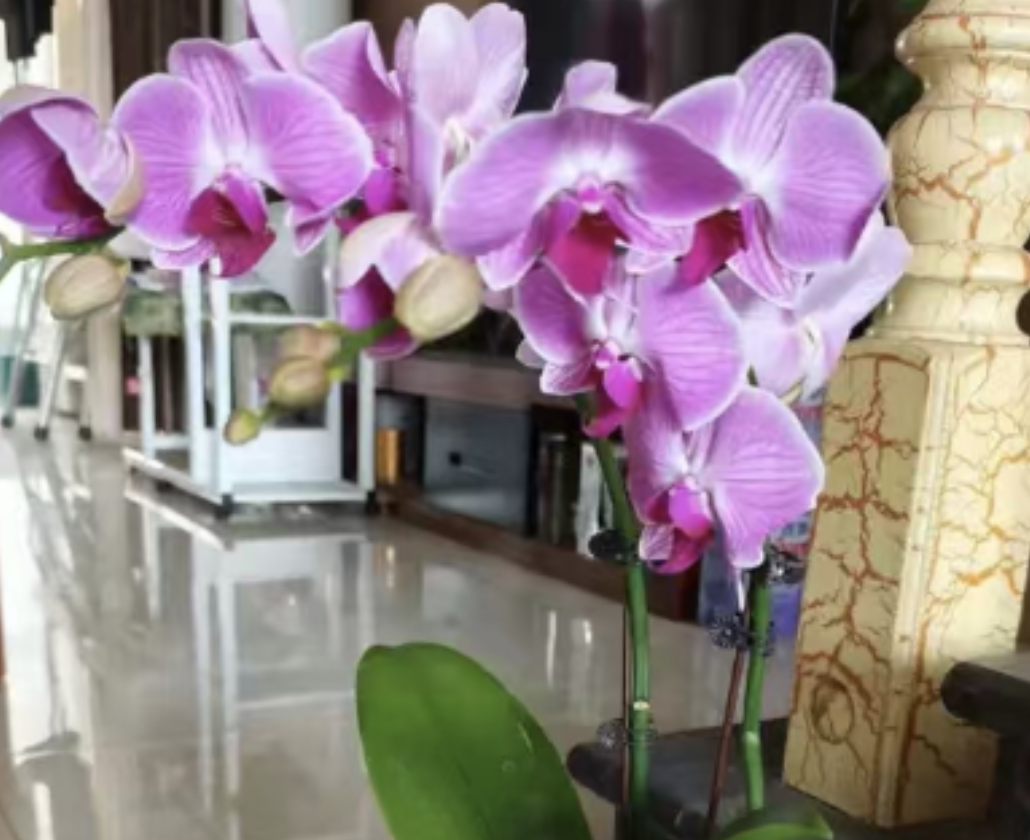Growing Phalaenopsis in bark is indeed breathable and hassle-free, but when summer comes with high temperatures and stuffy weather, it's easy to get root rot and yellow leaves if you're not careful. Today, let's talk about the complete guide to caring for Phalaenopsis planted in bark in summer, covering watering, sun protection, and preventing root rot—nothing will be missed!
When watering Phalaenopsis grown in bark in summer, you can't follow the old rule of once a week anymore. Bark itself is breathable and drains water quickly, but in summer, high temperatures cause rapid evaporation, so watering needs to be adjusted flexibly. The simplest method is "pinch the bark + check the state": 扒开 the surface layer of bark, pinch the middle layer. If it's completely dry and feels crisp, or if you find that the bottom leaves of the Phalaenopsis are slightly soft, it means it's "thirsty" and it's time to water!
When watering, don't just sprinkle a little—make sure to water thoroughly! Use a long-spouted watering can to pour water around the edge of the pot in a circular motion until water flows out 哗啦啦 from the bottom of the pot; or directly soak the flowerpot in a large basin of water, with the water level reaching half of the flowerpot, and soak for about 10 minutes to let the bark drink enough. After watering, remember to pour out the accumulated water in the tray immediately! In the stuffy summer, leaving accumulated water overnight can easily cause the roots to turn black and rot, and then it'll be too late to regret!
Other key points for survival in summer care, first and foremost is sun protection! Phalaenopsis are naturally afraid of intense sun exposure. In summer, the strong sun can scorch the leaves in minutes. Quickly move it to a place with scattered light and good ventilation, such as a north balcony, east windowsill, or put up a sunshade net to block 60% - 70% of the sunlight. If there's really no place to put it, it's okay to let it get 1 - 2 hours of sun in the morning or evening, but absolutely not at noon!
Ventilation is also a top priority in summer care! In a high-temperature and high-humidity environment, Phalaenopsis are most prone to pests and diseases. If you have a fan at home, turn it on for a few hours a day to blow on it, simulating natural wind; if there's no fan, open more windows to let the air circulate. If the air humidity exceeds 70%, it's better to turn on a dehumidifier to reduce the humidity to 50% - 60%. This can not only prevent root rot but also reduce the chance of soft rot and red spiders!
Finally, Phalaenopsis grow more slowly in summer, so stop fertilizing for now. Otherwise, concentrated fertilizer will burn the roots and directly kill your precious flowers. The frequency of watering should also be extended, about once every 7 - 10 days. If you find the leaves turning yellow and soft, it's most likely due to too much water causing root suffocation. Quickly move it to the most well-ventilated place, 扒开 the bark to let it air out, and let the moisture evaporate quickly.
Caring for Phalaenopsis grown in bark in summer: water according to the dryness and wetness of the bark and the state of the plant, water thoroughly without leaving accumulated water; sun protection and ventilation are key, avoid intense sun exposure and let it get more natural wind; hold back your hands, water less and don't fertilize! Master these skills, and your Phalaenopsis will surely get through the summer safely.
How to care for Phalaenopsis planted in bark during summer?

Share with
Tagged in :




Leave a Reply